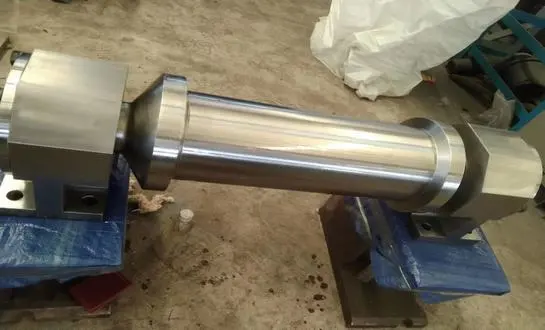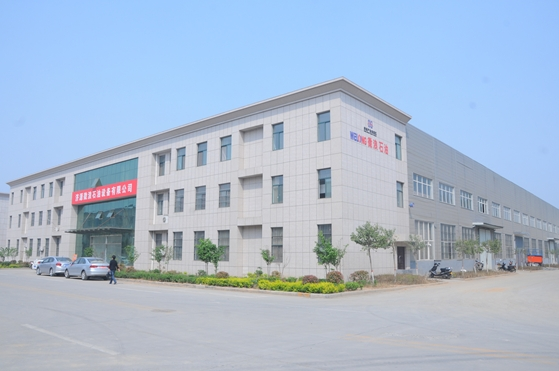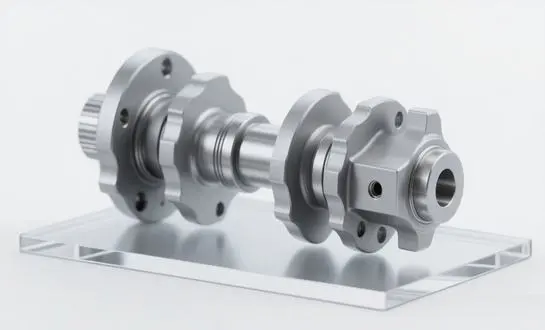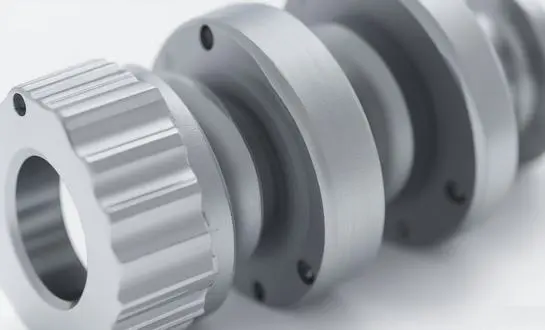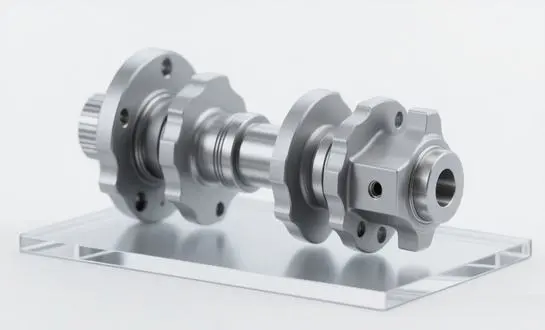What Are the Key Steps in Forging and Heat Treating Rolling Mill Rolls?
The forging and heat treatment processes are crucial in determining the final quality and performance of Rolling Mill Rolls. These steps are meticulously controlled to achieve the desired microstructure and mechanical properties that enable the rolls to withstand the demanding conditions of metal rolling operations.
Forging Process for Superior Strength
The forging process begins with carefully selected alloy ingots, typically composed of high-carbon steel or specialized alloys for Rolling Mill Rolls. These ingots are heated to temperatures exceeding 1200°C, making them malleable enough for shaping. Using powerful hydraulic presses or hammers, the heated metal is compressed and shaped into a rough cylindrical form. This process aligns the metal's grain structure, significantly enhancing its strength and durability. Multiple forging operations may be performed to achieve the desired shape and internal structure, with intermediate reheating as necessary.
Heat Treatment: Enhancing Mechanical Properties
Following forging, the rolls undergo a series of heat treatment processes to optimize their mechanical properties. These typically include:
- Normalizing: Heating the forged rolls to approximately 900°C and allowing them to cool in air, which refines the grain structure and relieves internal stresses.
- Quenching: Rapidly cooling the rolls from high temperatures, usually in oil or polymer solutions, to increase hardness and wear resistance.
- Tempering: Reheating the quenched rolls to a specific temperature (usually between 200 and 600°C) to achieve the optimal balance of hardness, toughness, and ductility.
The precise heat treatment parameters are carefully controlled and may vary depending on the specific alloy composition and intended application of the rolls. Advanced techniques such as induction heating and controlled atmosphere furnaces are often employed to ensure uniform heating and precise temperature control throughout the process.
Rolling Mill Roll Production: From Raw Materials to Precision Machining
The journey from raw materials to finished Rolling Mill Rolls involves a series of precision manufacturing steps, each critical to producing rolls that meet the exacting standards of modern metal processing industries.
Raw Material Selection and Preparation
The production process begins with the careful selection of raw materials. High-quality alloy steels are chosen based on their chemical composition, purity, and mechanical properties. These materials are typically sourced in the form of large ingots or billets, which undergo initial processing to remove any surface imperfections and ensure uniformity before the forging process begins.
Precision Machining Operations
After forging and heat treatment, the rolls enter the machining phase, where they are transformed from rough forgings into precisely dimensioned components. This process involves several stages:
- Rough Turning: The forged blanks are mounted on large CNC lathes where excess material is removed to bring the rolls closer to their final dimensions.
- Precision Boring: For rolls with central bores, high-precision boring operations are performed to create accurately sized and positioned holes.
- Finish Turning: Using advanced CNC turning centers, the rolls are machined to their final diameters with tight tolerances, often within microns.
- Surface Grinding: To achieve the required surface finish and dimensional accuracy, the rolls undergo precision grinding operations.
- Profile Grinding: For rolls used in shape rolling applications, specialized profile grinding machines are used to create complex surface contours.
Throughout these machining processes, state-of-the-art measurement and quality control techniques are employed to ensure that the rolls meet the specified dimensional tolerances. This may include the use of coordinate measuring machines (CMMs), laser scanning, and advanced surface roughness measurement tools.
Forging vs. Casting: Which Method Delivers Superior Rolling Mill Rolls?
The debate between forging and casting as manufacturing methods for Rolling Mill Rolls is ongoing in the metalworking industry. Each strategy offers particular points of interest and challenges, impacting the last product's execution and appropriateness for diverse applications.
Advantages of Forged Rolling Mill Rolls
Forged rolls are widely preferred for many high-performance applications due to several key benefits:
- Superior Mechanical Properties: The forging process aligns the metal's grain structure, resulting in higher strength, toughness, and fatigue resistance compared to cast rolls.
- Improved Homogeneity: Forging helps eliminate internal defects and porosity, leading to more uniform material properties throughout the roll.
- Better Wear Resistance: The refined microstructure of forged rolls often translates to improved wear characteristics, extending the operational life of the rolls.
- Higher Impact Resistance: Forged rolls typically exhibit better resistance to shock loads and sudden impacts, which can occur during rolling operations.
Considerations for Cast Rolling Mill Rolls
While forging is often preferred for high-performance applications, casting remains a viable option in certain scenarios:
- Complex Geometries: Casting can more easily produce rolls with intricate internal features or complex external shapes that might be challenging to forge.
- Cost-Effectiveness: For larger production runs of simpler roll designs, casting can be more economical than forging.
- Material Flexibility: Some alloy compositions that are difficult to forge can be successfully cast into rolls.
Conclusion
Ultimately, the choice between produced and cast Rolling Mill Rolls depends on components such as the particular application prerequisites, generation volume, and financial contemplations. Numerous present-day rolling plants utilize a combination of both fashioned and cast rolls, optimizing execution and cost-effectiveness over distinctive stages of the rolling process.
In conclusion, the fabricating of Rolling Mill Rolls is an advanced handle that combines conventional metalworking strategies with advanced innovation. Whether fashioned or cast, these basic components play a crucial part in forming the metal items that shape the spine of various businesses. As fabricating advances proceed to advance, we can anticipate advanced developments in roll mill roll generation, driving to indeed higher execution and productivity in metal preparing operations. For more data on cutting-edge Rolling Mill Rolls and other oilfield items, it would be ideal if you contacted us at oiltools15@welongpost.com.
Welong, as a pioneer in the supply of oilfield and mechanical hardware, remains at the bleeding edge of these innovative headways, guaranteeing our clients have access to the most noteworthy quality Rolling Mill Rolls and related items.
